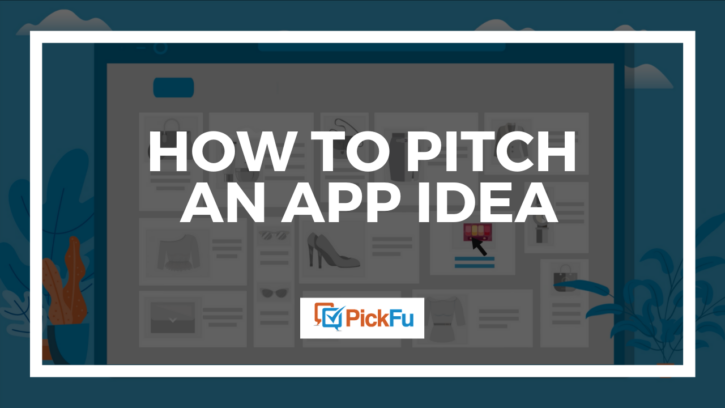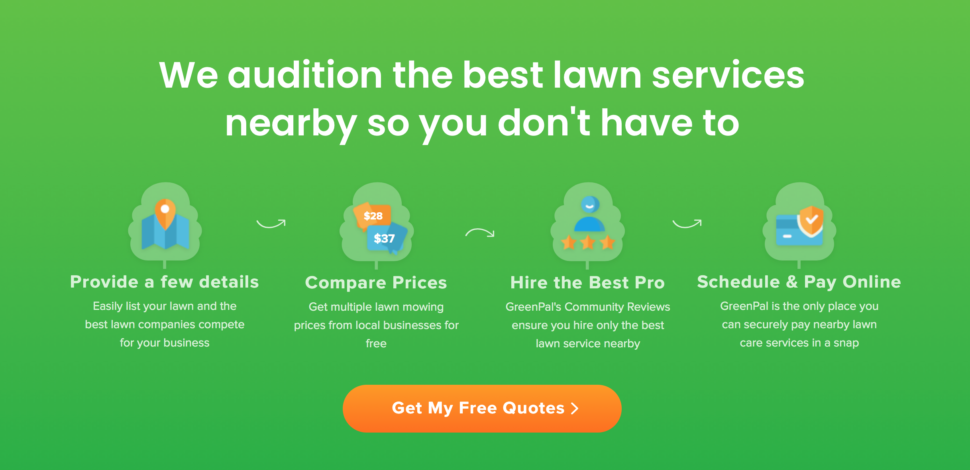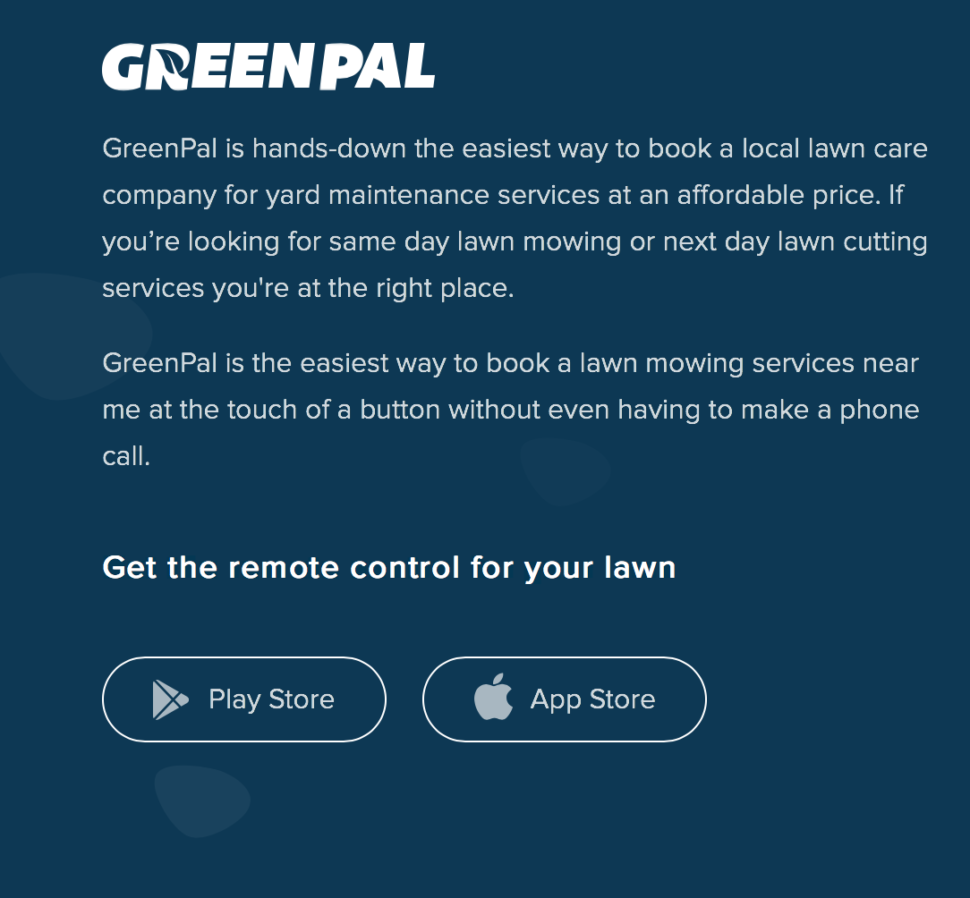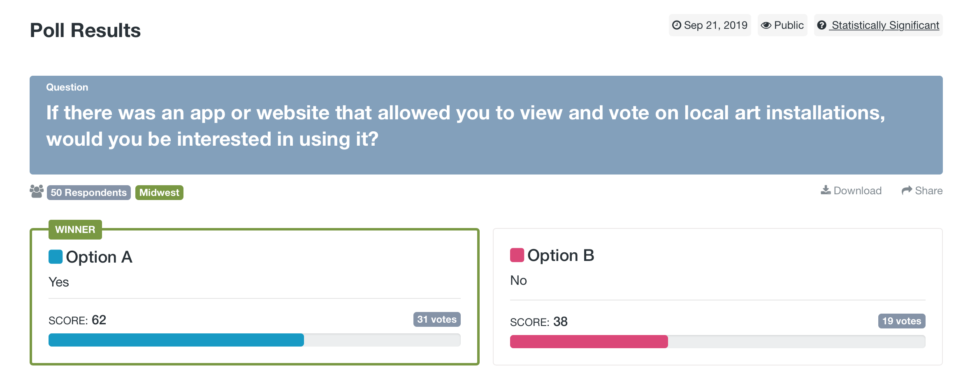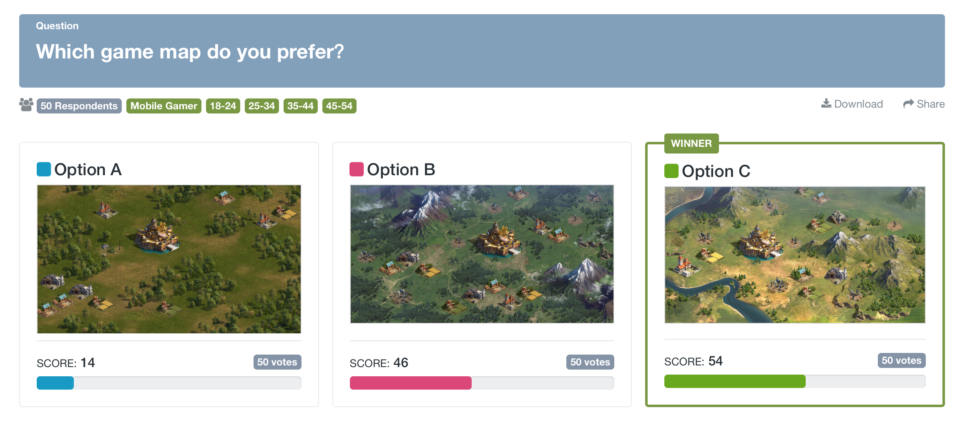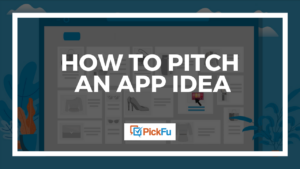Apps have become part of the fabric of our lives. We use them to wake up, read the morning news, seek out breakfast recipe ideas, and connect with friends. When we wait in grocery store lines or doctor’s offices, we play games, read books, or watch our favorite TV shows — all on our favorite apps. They’re so prolific that it seems we should all know how to pitch an app idea…right?
Not quite. They haven’t been around for that
We really only started using apps in earnest when the iPhone debuted in 2007.
Today, over 2.7 billion people in the world use smartphones, and over 1.35 billion use tablets. The potential audience for your new app idea is huge, but the catch is that your app will have to compete with 2.2 million apps in the Apple App Store and 2.8 million available on Google Play.
In order to attract investors and secure the funding to produce your app, you need to know how to pitch your app idea and demonstrate its ability to succeed in the marketplace.
This guide will walk you through the steps to successfully pitch an app idea.
Create a mobile app business plan
Without an idea of where you want your product to go and how you want to get there, you’ll struggle to succeed. So first, create a mobile app business plan by following the steps outlined in our guide.
Define the problem your app idea solves
Most investors receive plenty of app pitches in a day. To make sure they pay attention to yours, clearly define the problem your app will solve.
Gene Caballero, co-founder of GreenPal, recommends that your app should solve a problem in a way that’s “10x better than the traditional product or service.”
GreenPal, for example, describes itself as the Uber for lawn care. Rather than Google services in your area, read through reviews, visit each website to find out the prices and services offered, and call to check availability, GreenPal presents the best options and organizes every detail of your lawn care service for you.
To identify the problem your app solves, craft an elevator pitch: a short statement that hooks a listener during the time it takes to ride an elevator, usually around 20-30 seconds.
An elevator pitch does three things:
- Explains what the app does.
- Conveys your unique selling proposition, or USP — the hole that your app is filling in the marketplace.
- Engages the listener or reader.
GreenPal’s got an excellent elevator pitch right on its homepage.
Your app’s elevator pitch should send a thrill up your spine. If it sounds dry or boring to you, it’ll sound worse to a venture capitalist.
Without clearly defining the problem you’re solving, “It will be difficult to have product-market fit, hard for your business to scale, and investors will not see the return on their investment possibilities,” says Caballero.
Which leads us to our next point: product-market fit.
Determine product-market fit
Once you know what problem you’re aiming to solve, make sure that there’s a market for the solution.
Josh Little, CEO of up-and-coming app Volley and founder of four consecutive software companies that have been used by hundreds of millions of people, says that product-market fit is the single most important factor in pitching an app idea. “If your customers would be stark raving mad if you took your product away from them, you have product-market fit and will have no problem getting funding,” he says.
“Most people think it’s having a great idea or a great founding team,” says Gigi Levy-Weiss of venture firm NFX. “And while those things help, they don’t get the job done.”
But how can you know if your app meets the highest level of product-market fit when you’re just starting out?
Levy-Weiss advises that before you spend any money or time building a product, gather proof that the idea resonates with your customers.
An easy way to gather product-promise fit data for investors is to validate your idea using PickFu.
Evaluate product-promise fit with PickFu
PickFu enables you to create surveys quickly and easily, without needing to recruit your own target respondents.
Just ask a question like, “Would you buy an app that helps you…” or ask for more specific feedback like, “Which of these ideas sounds more appealing to you?”
Customize the poll audience based on demographic traits, interests, and behaviors. PickFu offers readymade audiences such as iOS or Android users, App Store spenders, mobile gamers, movie streamers, and more.
Most PickFu surveys complete in less than 15 minutes. Your results include quantifiable results in the form of votes or ratings, as well as qualitative answers in the form of written comments. You’ll see demographic information on everyone who responded, so you can slice and dice the data by age, income, gender, or more.
If your target market likes your idea and you’ve got data from PickFu to back it up, it’ll be that much easier to pitch your app idea to a venture capitalist.
For more on how to evaluate product-promise fit for your app idea, check out our guide to idea validation.
Make it clear how your app will earn money
According to the UK’s top app development company, Netsells — which also has its own investment arm, Netsells Ventures — it’s all about what your app can earn.
According to Netsells marketing director Bethan Vincent, you need to “have a clear explanation of how your app will make money. What are the revenue streams? What areas do you plan to monetize?”
So, make sure you know exactly how you plan to earn money from your app. Is
You need to know, and you need a plan for how it will work. To learn more about creating an app that makes money, check out this article from BuildFire.
Tell investors how they will get a return on their investment
Tali Raphaely, founder of mobile app Introze, emphasizes letting investors know how they’ll get a return. “Go into your business model, how you’re monetizing it, and what the expected return on investment will be,” he says. “Show your investor you’re concerned with making sure they make money on their investment.”
In short, it’s not all about you and your app. Your investors matter, too. Make sure you show them that they do.
“If you focus too much on the features without going over the finances,” Raphaely continues, “your investors may determine you’re more interested in your shiny new toy rather than about making money for you and them.”
Always remember this: the entire reason your investors are involving themselves in your app is that they want to make a profit.
Create a prototype for your app idea
You have your mobile app business plan. Your financial plan is in order — you know how your app will make money, and how your investors will, too.
You’ve used PickFu to make sure there’s a product-promise fit, and if needed, you’ve tweaked your app idea to make sure it solves a problem 10x better than any competitor.
What’s left?
A prototype.
Investors will want to visualize and even interact with the mobile app, so make sure you’ve got a quality prototype in your pitch.
Learn more about creating a prototype in this article from MindSea: How to Prototype a Mobile App and Leave a Lasting Impression on Investors.
Then, bring your prototype back to PickFu and test it with your target audience to make sure it’s appealing.
For the prototype poll above, this pool of 50 mobile-gaming respondents wrote comments such as:
- “I think the terrain is really fun and interesting in [Option C] and I also love the coloring as well. It is a very vibrant environment.”
- “Option C has pretty bright colors and the mountains and stream are interesting. Option A is the least interesting because it doesn’t seem to have as many features.”
These comments will help you further refine your prototype.
How PickFu can help developers sell their app ideas
Before you start contacting venture capital firms, make sure you’ve carefully considered each of the tips above
And remember that PickFu is here to help you sell that idea, as it’s helped dozens of apps before.
Half of the top-grossing iOS strategy games use PickFu, as do notable health and wellness apps.
Says Isabella Patton of popular fertility, pregnancy, and parenting app Ovia Health, “We chose PickFu because of the quality of the users and the speed at which we get results! Other online survey services take up to a week to complete, and we just don’t have that time… Since it takes less than 15 minutes to get the survey results, we were able to alter our designs immediately and retest them. ”
If you’re ready to pitch an app idea, make sure everything’s shipshape by creating your first poll on PickFu.
